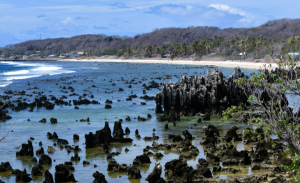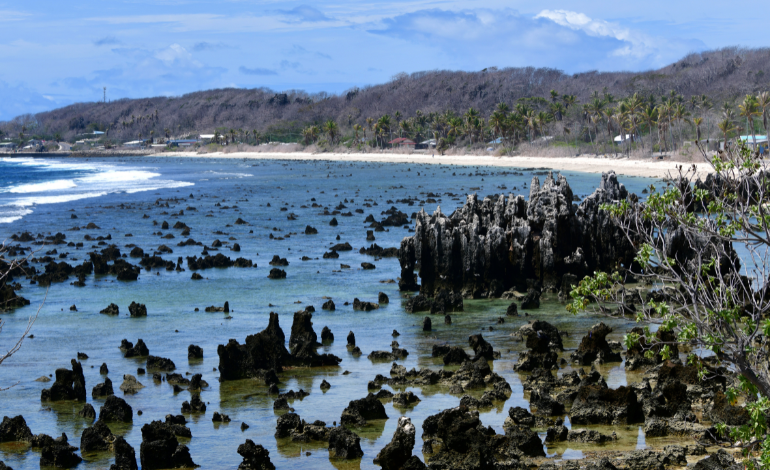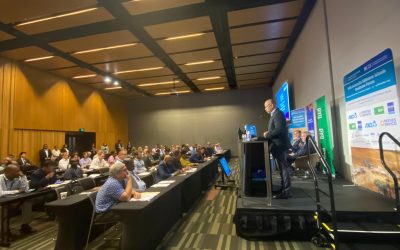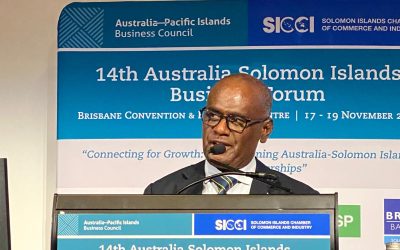Nauru is making steady progress toward economic revitalisation in 2025, with the Asian Development Bank (ADB) projecting a 2.5 per cent GDP growth for both 2025 and 2026, as outlined in the April 2025 edition of the Asian Development Outlook. After years of economic stagnation, the country is now seeing positive momentum, fuelled by large-scale infrastructure investments, renewable energy projects, and a modest resurgence in tourism.
 A centrepiece of Nauru’s infrastructure agenda is the construction of its first international seaport in Aiwo District. This $79.59 million project, jointly funded by the ADB, Green Climate Fund, and the governments of Australia and Nauru, is designed to increase trade capacity and improve climate resilience. Once fully operational, the port is expected to enhance the efficiency of imports and exports, reduce shipping delays, and support wider economic activity, including the movement of construction materials and consumer goods.
A centrepiece of Nauru’s infrastructure agenda is the construction of its first international seaport in Aiwo District. This $79.59 million project, jointly funded by the ADB, Green Climate Fund, and the governments of Australia and Nauru, is designed to increase trade capacity and improve climate resilience. Once fully operational, the port is expected to enhance the efficiency of imports and exports, reduce shipping delays, and support wider economic activity, including the movement of construction materials and consumer goods.
In parallel, Nauru is rolling out a $22 million renewable energy project aimed at reducing its reliance on imported diesel. The project includes a 6-megawatt solar farm which, now nearing completion, is expected to lift renewable energy’s share of electricity generation from 3 per cent to 47 per cent. This shift will help stabilise energy costs and strengthen energy security for both households and industry.
Tourism, too, is showing signs of recovery following years of disruption. Visitor arrivals are gradually returning to pre-pandemic levels, supported by improved air services and a renewed push to market Nauru’s unique cultural and natural appeal. At the heart of this recovery is Nauru Airlines, which operates multiple weekly flights from Brisbane to Nauru International Airport. The airline also connects Nauru with destinations including Nadi, Tarawa, Majuro, Pohnpei, and Palau via its “Australia–North Pacific Connector,” popularly known as the island hopper. These direct flights are critical for facilitating trade, tourism, and business travel across the region.
Despite these encouraging developments, Nauru remains economically vulnerable due to its narrow revenue base and ongoing reliance on fishing licences and the Australian-funded Regional Processing Centre. To address this, the government is pursuing governance reforms to enhance fiscal responsibility, diversify income streams, and promote private sector growth.
Nauru’s 2025 economic outlook reflects a nation cautiously emerging from structural limitations, leveraging strategic investments and regional partnerships to build a more sustainable and resilient future.



